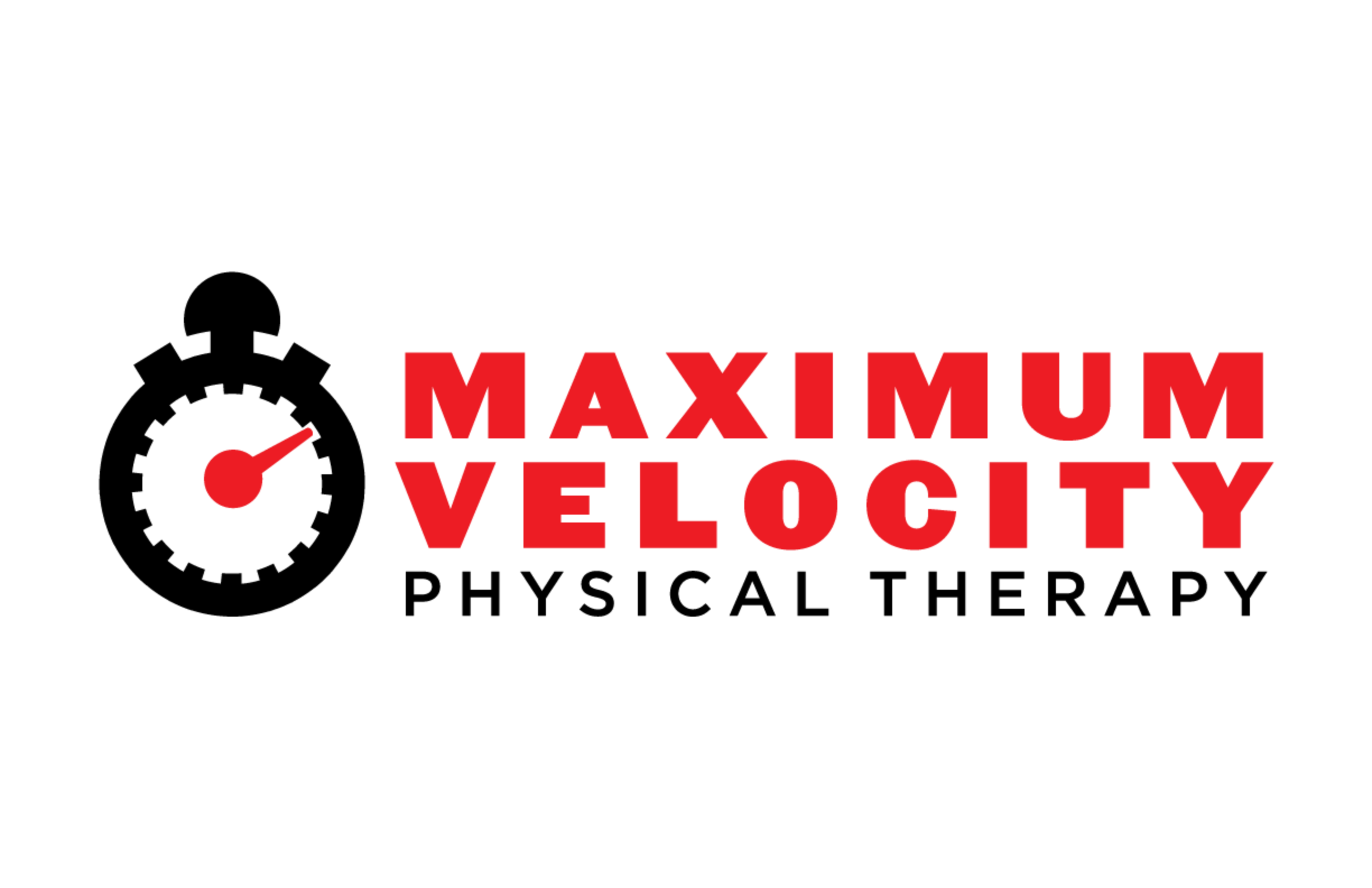How Young is Too Young to Lift Weights?
Generations ago kids played outside. They ran, jumped, climbed trees, and rode bikes. They played baseball in the spring and football in the fall. And they played many other sports in between. Neighborhood kids would gather after school, find a ball and some open area, and they would play a game. The kids these days have incredible technology and dangers that were not around 20 years ago. A pick up game nowadays is an old thought. They simply cannot play without supervision. So what is a parent to do so their kids will exercise? Many turn to organized sports - some to an extreme. Kids are more competitive at younger ages than 5 years ago, 10 years ago, 20 years ago. Club coaches mistakenly educate parents the kid must play year round to be competitive when the scholarships are handed out or big competitions come up. That is simply not true. Athletes, especially young ones need a diversity of physical activities. 81% of D1 college athletes were multisport athletes in high school. The trend in collage recruiting is to PASS on one-sport athletes. They are a risk to the investment the school makes in that athlete due to injury. Single sport athletes typically get injured when they are sophomores or juniors in college. Because kids don’t know any better (and don’t read blog posts), it falls on the parents to seek out the information that will maximize their kid’s chances of success.
They say that life is 90% how you react to the 10% of the things that happen to you. I can say that over my lifetime, that is very true. Today’s blog post is using that metaphor in a business sense. While MVPT is still the community leader in running medicine and the Las Vegas valley’s only running specialty clinic, something interesting happened when MVPT opened its doors in 2014. Kids came. A lot of kids came. The more kids who came, the more their parents talked to other parents. The valley is full of kids who are training for sports. Since the weather of Las Vegas is tolerable for the majority of the year, kids train year round. That could be a problem. Kids over-train the one sport they play. Over specialization is a huge nationwide problem and Las Vegas is no different.
Injury “prevention” is almost an impossible goal. Accidents and injuries happen. “Minimization,” is a better goal. While the spirit of prevention is alive and well, educating an athlete to do this or that to eliminate any chance of injury is simply incorrect. I have been guilty of doing this. Every day, I read research and study, and now I realize that is false hope. Your young athlete will be injured. That is a fact. Can we make it a sprain instead of a fracture? YES. Can we get tenonosis instead of an ACL tear? YES. How? Strength. There is no situation ever where an athlete is ‘TOO STRONG” and therefore a detriment to his or her performance. However, there are limits. If the kid just picks up a barbell and loads it up he may be doing more harm than good. The key is in the details. Originally, the idea for MVPT was formed when a lot of the so called “sports trainers” were hurting kids left and right. Not just asking them to lift, but asking them to lift too much too soon, or choosing inappropriate exercises.
You see, the demands of the sport shouldn’t be replicated in training, it adds to the over use. Understanding the movement patterns of the skills of that sport is the skill of training athletes. Anatomy, physiology, and proper periodization are the key. The skills have to have a progression. The load of weight lifting is a major component health AND performance. Weakness hurts. Since the motor development of kids is hampered by NOT going outside, they are left to figure it out on the field. Then that demand is specific to the sport. The athletes flounder.
Then comes the cross training. The cross training should be movement specific, loaded when it is appropriate, and must compliment the sport. The feather in the cap at MVPT is a physical Therapist who is trained in barbells and human movement. A life-long multi-sport athlete himself, the program can be tailored to athlete specifically. The movement for an individual will depend on many factors. The experience to deal with these factors comes from 15 years of clinical experience. There are no short cuts - no models that can predict with certainty whether or not an injury will or will not occur. There is simply no evidence with any predictive power that short cuts help. They cannot prevent an injury nor do they help with performance. The athlete’s nervous system has to learn and adapt to a new method. Hard work, dedication, adaptation to loads, and movement correction are the keys to sports performance. So the question is at what age can a young athlete begin a strength program? The answer is, as soon as he or she has the movement maturation to tolerate such a load. Some kids are ready at 8 while others need more time. Age is not as important as movement when it comes to making this decision.
We at MVPT pride ourselves in “evidence based” care. Which means the interventions that actually help are the interventions we delegate. We offer a “functional” evaluation to screen a healthy athlete and make recommendations on minimizing trouble. We would love an opportunity to use our vast knowledge and experience to help your child perform better. Discounts apply to teams. Please go to the website at maxvelocity.com for more information or you may call the clinic at 702-998-2900 to make an appointment. Please feel free to share, comment, or like! Help us spread our message!
